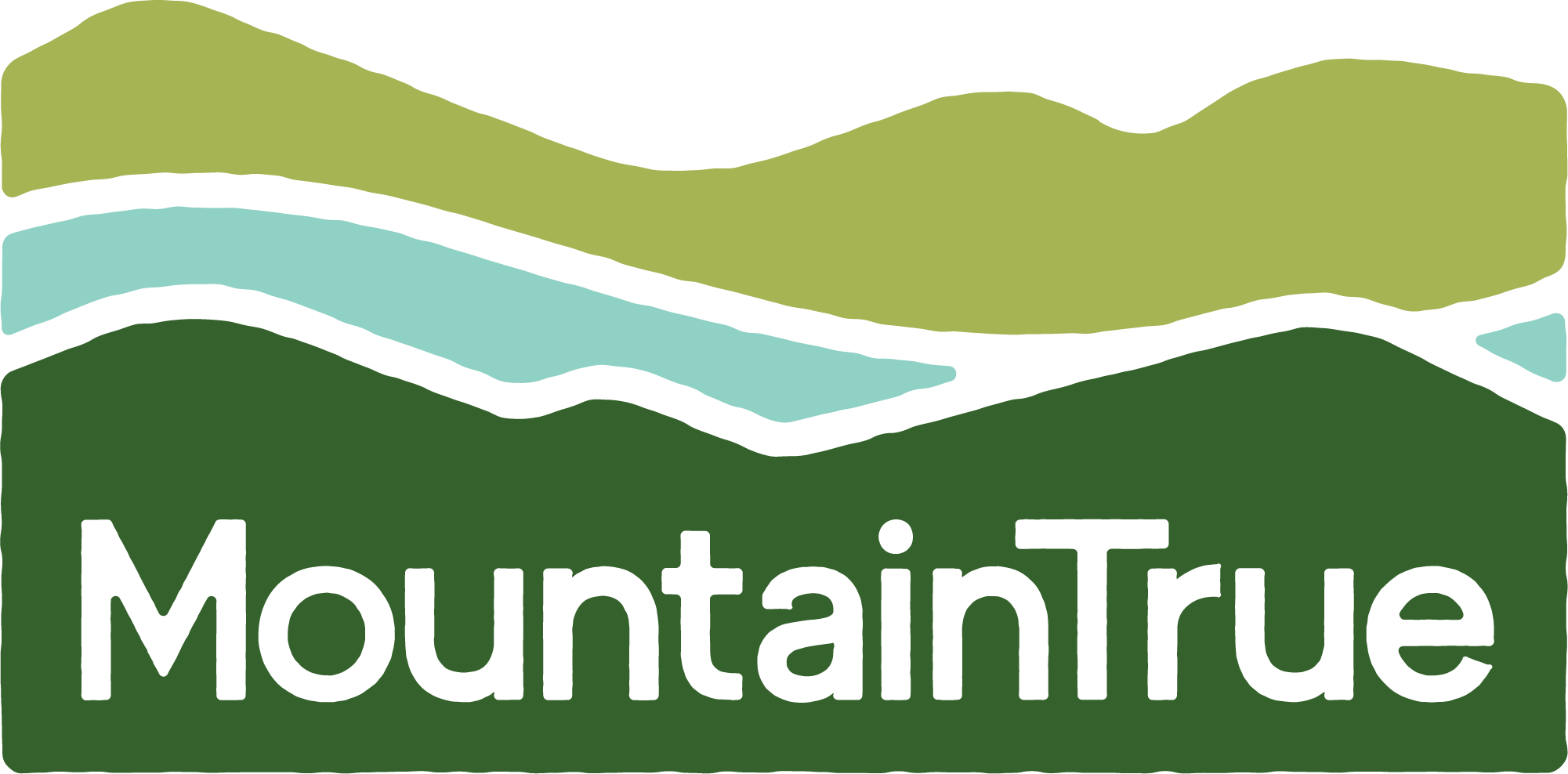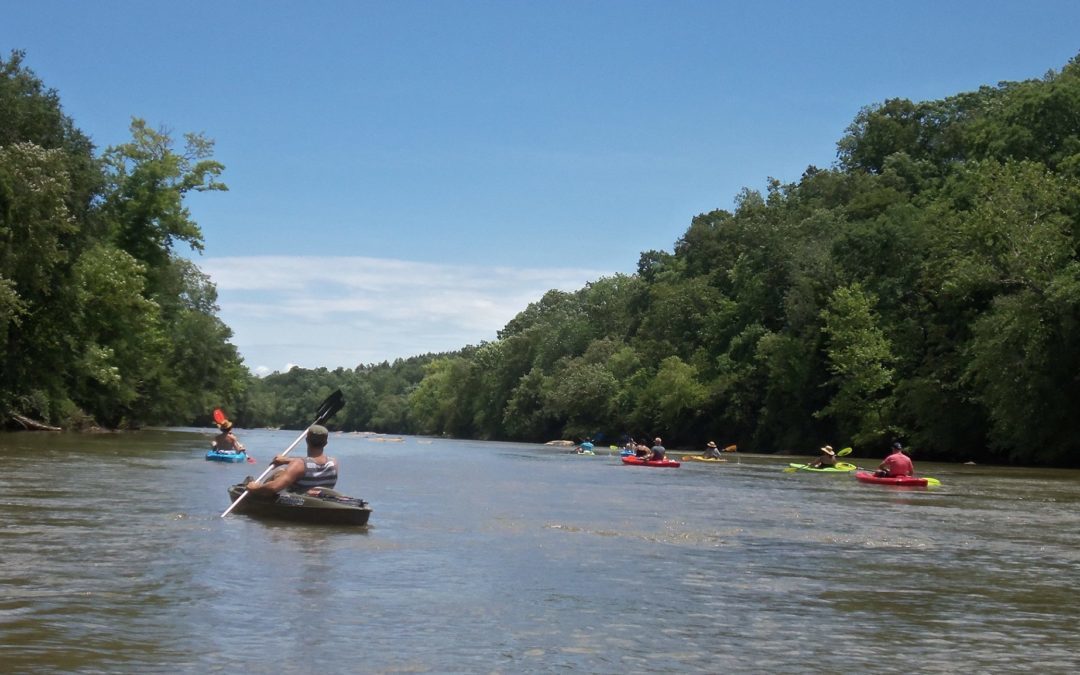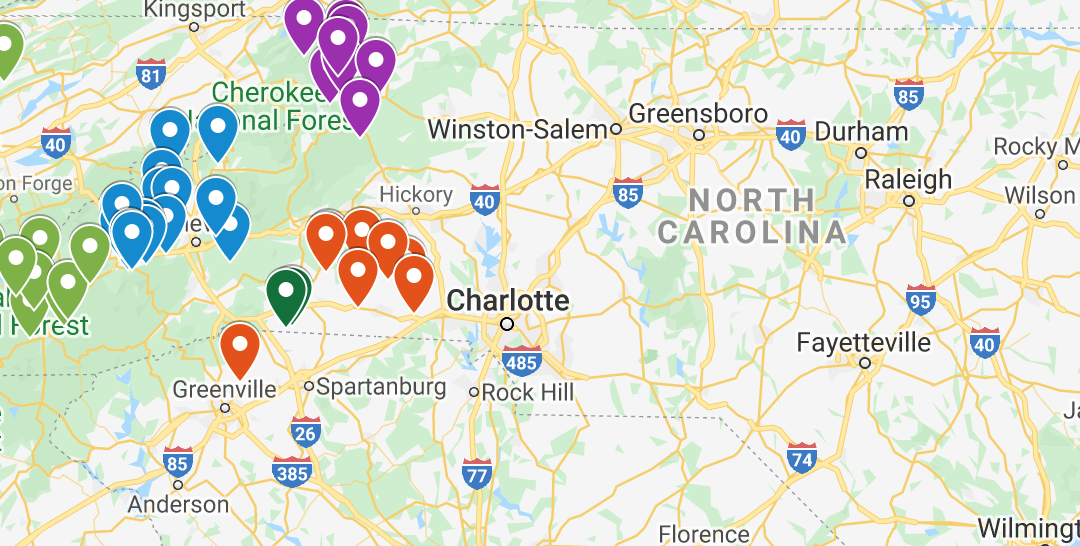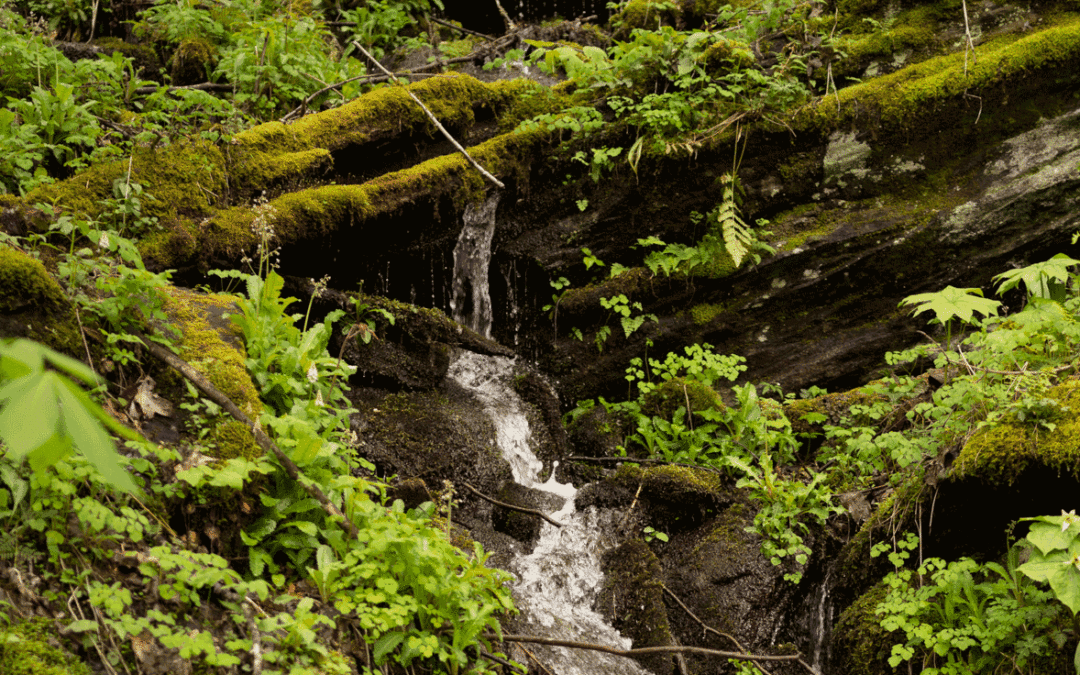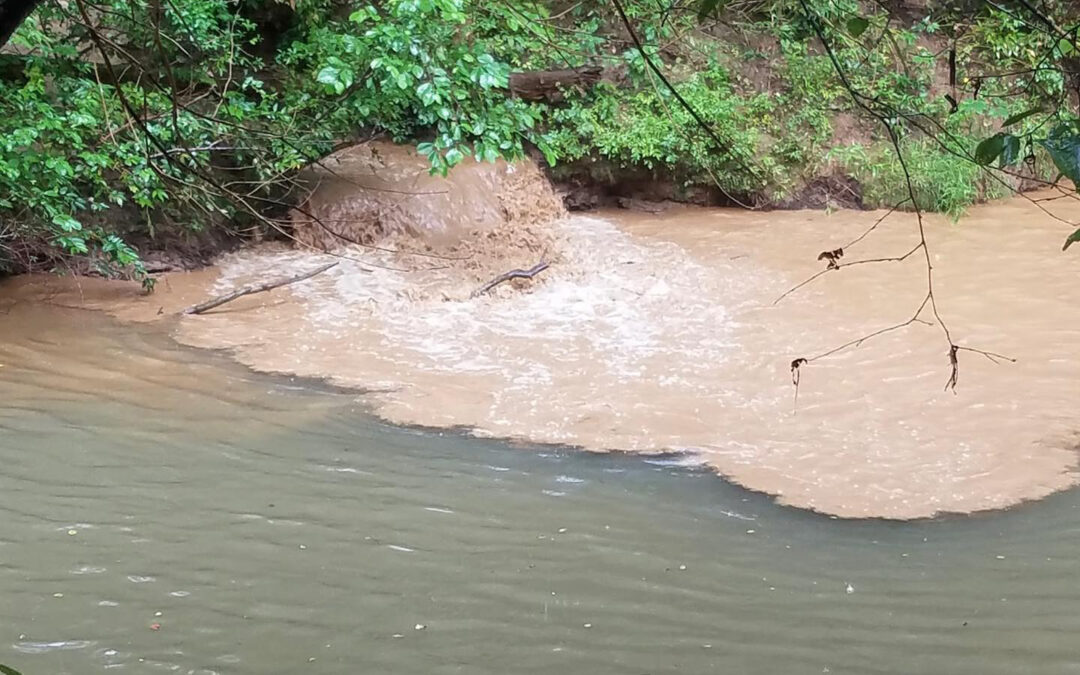
MountainTrue Pollution Tip Leads to Enforcement Action Against Tryon International Equestrian Center
MountainTrue Pollution Tip Leads to Enforcement Action Against Tryon International Equestrian Center
On July 27, MountainTrue followed up on a public complaint of sediment flowing into White Oak Creek from the Tryon International Equestrian Center (TEIC). Video showed a significant discharge of muddy water flowing off the site into the creek — a tributary of the Green River. MountainTrue’s Green Riverkeeper Gray Jernigan then reported the issue to the NC Department of Environmental Quality’s Division of Water Resources (DWR).
Two days later, on July 29, DWR sent an inspector to the equestrian center where they witnessed site contractors flushing sediment into the center’s stormwater drainage system, and failures in their stormwater management system. In all, DWR cited Tryon International Equestrian Center with four water quality violations that must be “abated immediately and properly resolved.” These violations, failure to resolve them quickly and remediate damage to the environment could result in civil penalties up to $25,000 per day for each violation.
“Tryon International Equestrian Center has been a repeat violator of water quality.” explains Gray Jernigan. “They were first cited in 2014, and it only got worse as they rushed to build new facilities ahead of the World Equestrian Games in 2018. They took shortcuts and chose not to employ standard best management and construction practices to keep sediment on site, and the problems persist.”
The Green Riverkeeper shared the video of the illegal discharge on its Instagram account where it sparked a public outcry, and elicited a response from Sharon Decker, President of Tryon Equestrian Partners, the owners and operators of the center. Decker assured the public that “we share the same concerns you do about the environment, water quality and strong stewardship.”
The Equestrian Center has received numerous violations from the NC Department of Environmental Quality over the years dating back to 2014, amassing tens of thousands of dollars in fines.
“They’ve made assurances to the community to clean up their act, but their efforts have fallen well short of what is expected of someone who professes to care about the environment,” says Gray. “I’ve offered to meet with them to discuss steps they can take to undo the damage done and protect our public waters, and I look forward to having a conversation with the leadership at TIEC.”
Media contacts:
Gray Jernigan, Green Riverkeeper
C:828-423-0578 E: gray@mountaintrue.org
Karim Olaechea, MountainTrue Communications Director
C:415-535-9004
[pdf id=27287]
